You will need to provide this popular plant with its ideal growing conditions to make your beloved Spider Plant bushier.
The main aspects you should take into account for the growth of Spider Plants are bright light, soil, fertilization of Spider Plants, watering frequency, indoor temperatures, and levels of humidity.
Moreover, repotting as soon as needed and pruning once a year in the warm season will go a long way in helping your mature Spider Plants to thrive.
- Related article: What Is Spider Plant
Finally, Spider Plant babies can be used to create a bushy appearance.
How to Make Spider Plants Bushier
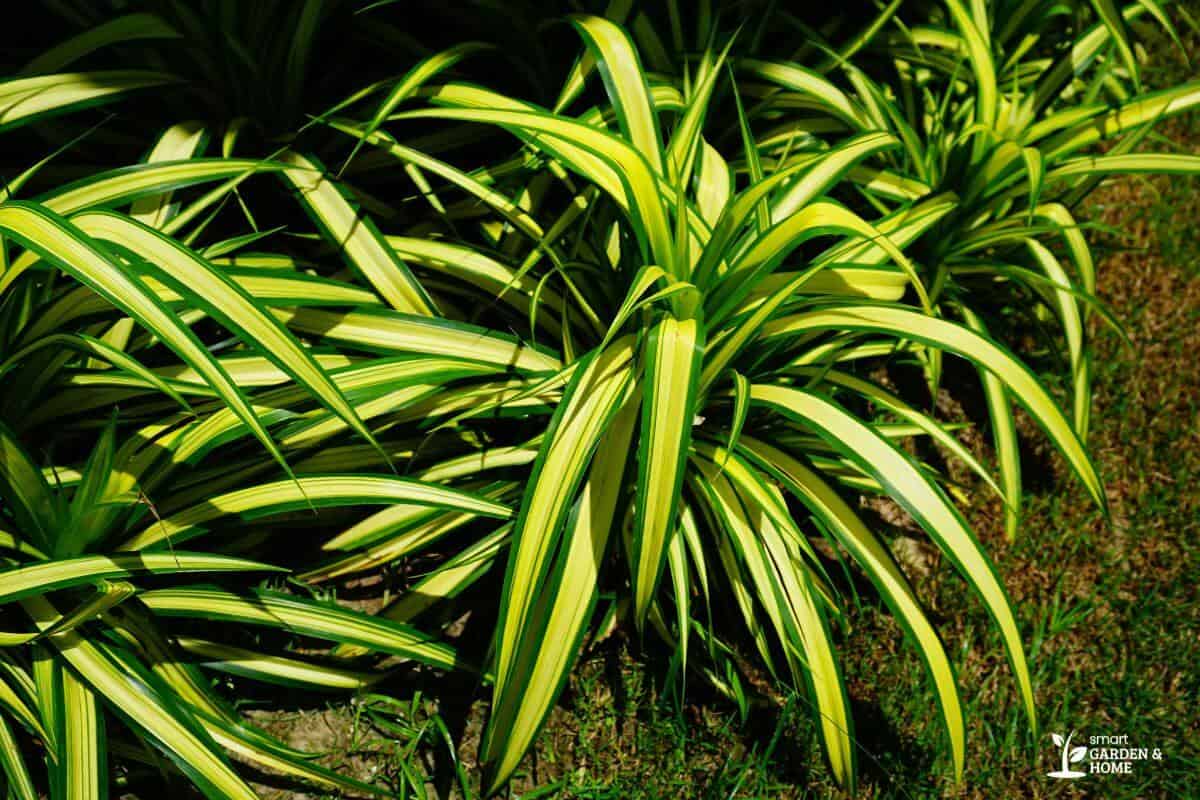
The Spider Plant species, also known as (Chlorophytum comosum), are recognized for being hardy plants and their resilience and ability to thrive in adverse environments.
To ensure optimal growth for your charming plant, it is necessary to recreate an environment similar to its native tropical habitat found in the coastal area of South Africa.
Otherwise, improper care and incorrect environments will lead to poor growth, leggy Spider Plants, or worst, dead leaves.
Here are a few easy tips on how to make your lush Spider Plant happy, plus some Spider Plant care guides:
1. Provide Proper Indirect Light
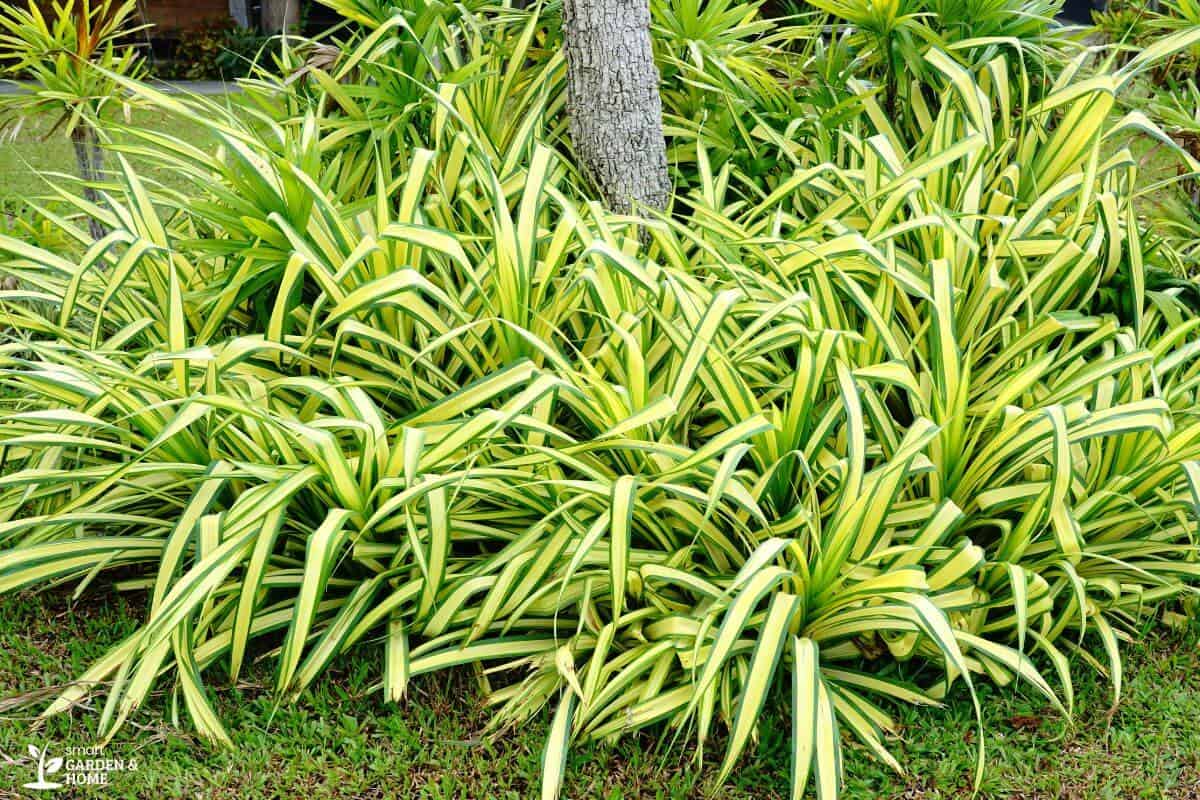
Spider Plants prefer bright, indirect sunlight, so they are easier to grow indoors than outdoors.
In the house, it will be best to place them next to a bright spot or a, bright, east-facing window where they can get about 5 hours of indirect sunlight each day.
If you’re growing them outside, make sure they are in the shade from direct sunlight as they can easily get sunburnt.
Spider Plants will tolerate too much shade or cooler spots, but they won’t become as bushy.
2. Provide Proper Soil
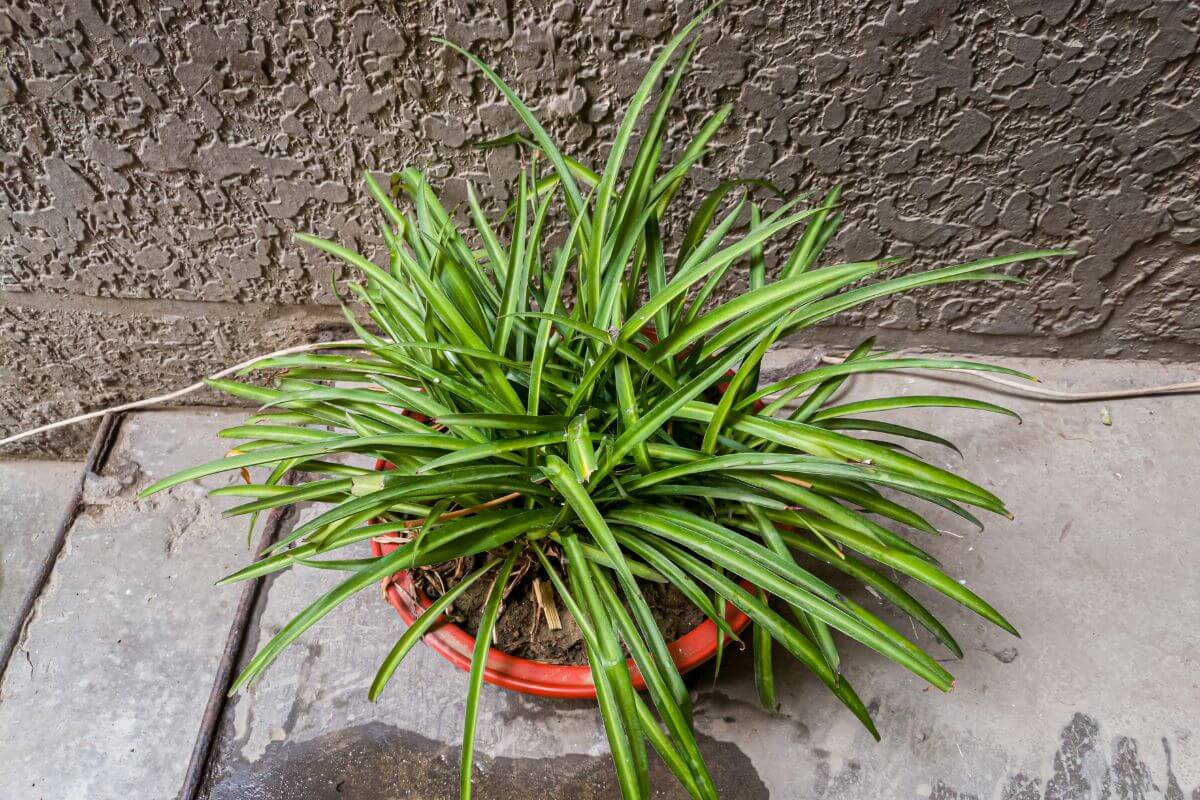
When Spider Plants are planted in the right kind of soil, they will have all the access they need to nutrients and water and will be able to grow healthy.
The key for Spider Plants is providing well-draining, fresh soil since they can easily suffer from root rot or mushy roots if the soil remains moist for too long.
Some signs that the soil is not adequate or there’s lack of nutrients are brownish spots on the leaves and discolored leaves or falling foliage.
The best recipe for bushy plants is an organic potting mix with the addition of Perlite and Pumice which will help with draining.
- Check out these recommended fresh potting soils: Burpee Premium Organic Potting Soil and Miracle-Gro Houseplant Potting Mix.
Avoid dense gardening soil which will retain too much moisture levels.
3. Fertilize
Spider Plants can easily survive and even thrive with no fertilization, particularly if they are frequently repotted.
However, if you want to obtain a bushier Spider Plant, it’s best to fertilize it throughout the spring and summer seasons.
The added adequate nutrients and minerals provided by a good liquid fertilizer will enhance the growth of new leaves.
Be careful though, because an excess fertilizer will instead cause leaf fertilizer burn on the leaves and salt accumulation in the soil.
- You may try this recommended liquid plant food: EarthPods Premium Bio Organic Plant Food.
The best fertilizers for spider plants are organic fertilizers that are slow-release, which have lower risks of overfertilizing and won’t harm the environment.
4. Water Just Enough
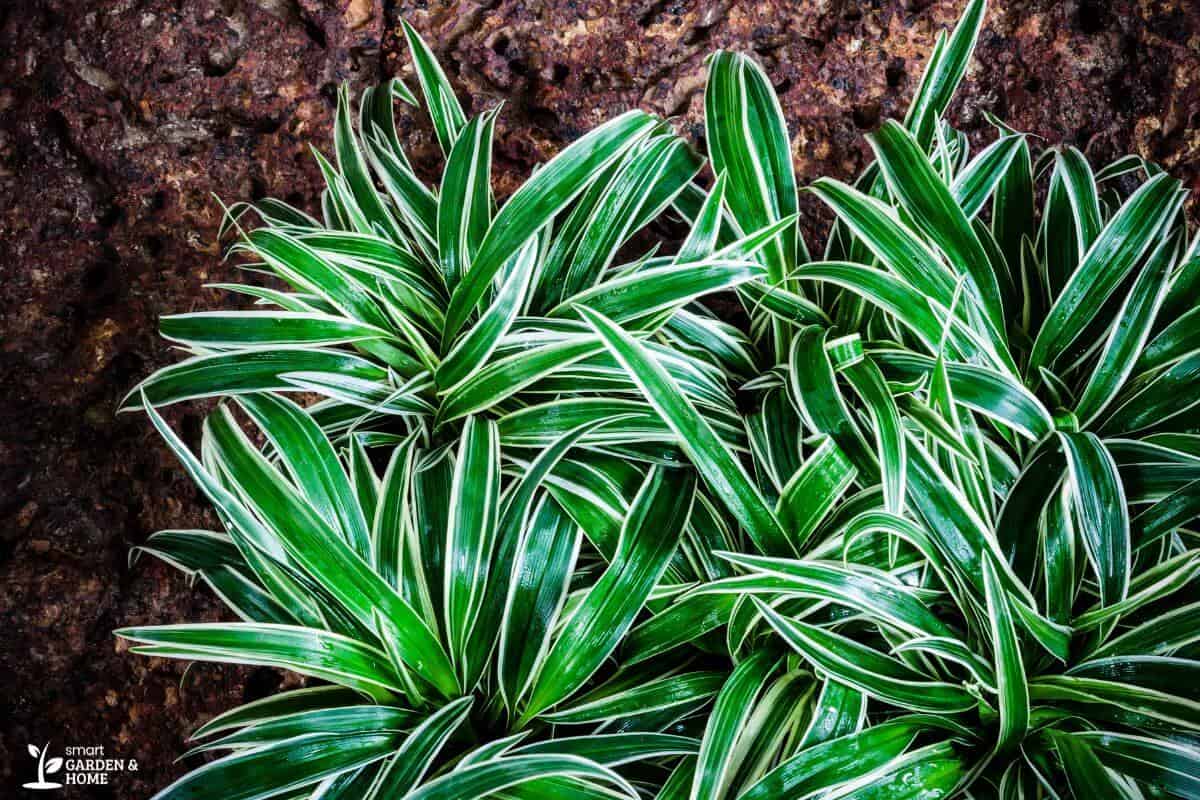
Spider Plants are easy to overwater as they have thick roots that accumulate moisture.
When given too much water, the leaves will yellow and drop. If they get inconsistent watering and don’t get enough, on the other hand, they won’t grow as big or have bushier shape.
The frequency at which your plant will need to be watered depends on many factors, such as temperature, humidity, and sun exposure.
However, an easy way to understand if it’s time to water is by checking that the top two inches of soil are dry.
In general, Spider Plants should be watered about once a week or every other week.
As for the water you use, it’s best to get distilled or rainwater as foreign chemicals such as salt, chlorine, and fluoride are sometimes found in high concentrations in tap water and can be harmful to Spider Plants.
5. Provide Proper Temperature and Humidity Conditions
Spider Plants thrive best in a cooler temperature range of 65°F to 75°F during the day and as low as 55°F at night for optimal leaf growth.
According to the Institute of Food and Agricultural Sciences of the University of Florida, Spider Plants can tolerate temperatures as low as 35°F, but it will cause poor growth in humidity levels, and will have slow growth time or even absent.
Spider Plants can be placed in a shaded outdoor location during summer months, but should be kept indoors during winter months or colder months.
Being native to humid climates, Spider Plants enjoy high humidity levels. To help boost its growth, you should keep your Spider Plant in an environment with their ideal humidity level which is 60 to 80%.
6. Prune Once a Year
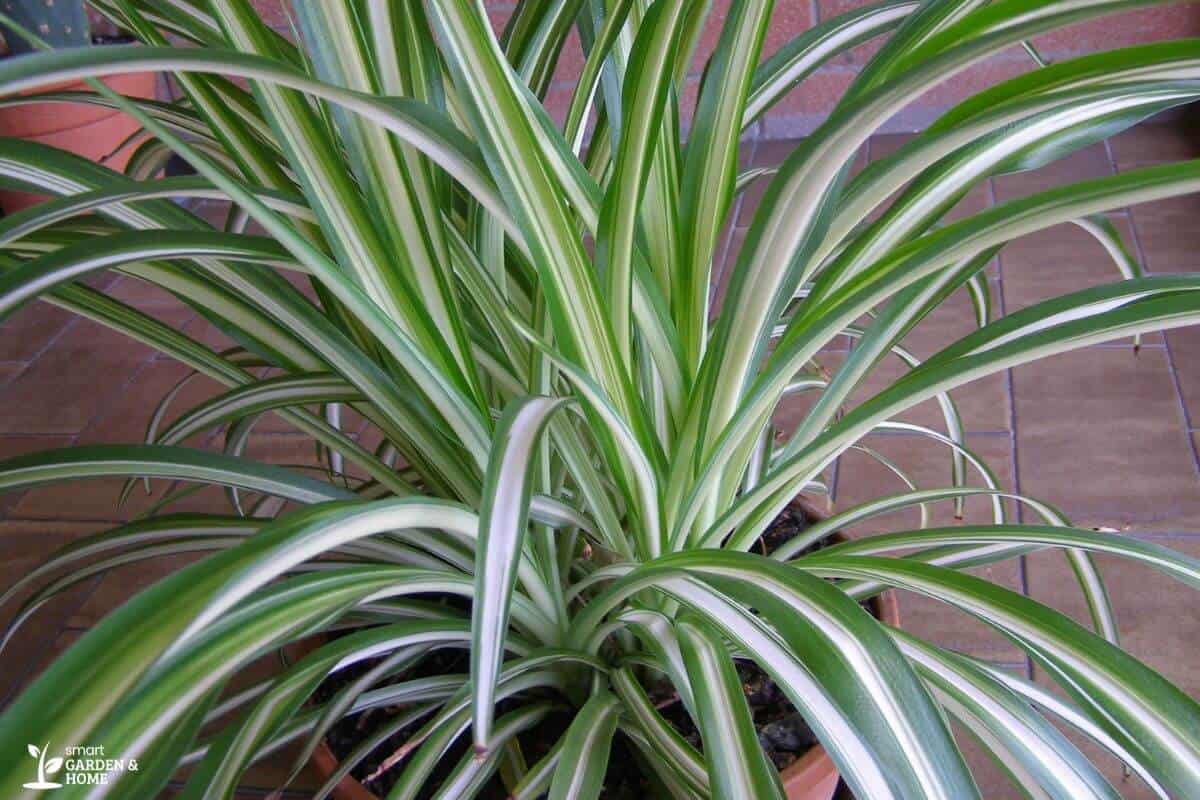
Spider Plants should be pruned at the start of the warm season to improve their vigor and health.
They can be lightly pruned using sterilized scissors or a clean pair of garden shears.
It is very important to use sterilized gardening shears or tools when you’re pruning Spider Plants as it could otherwise infect your healthy plant with unwelcome pests or diseases.
Always take care of removing dead or wilted leaves and cutting off brown leaf tips.
7. Repot
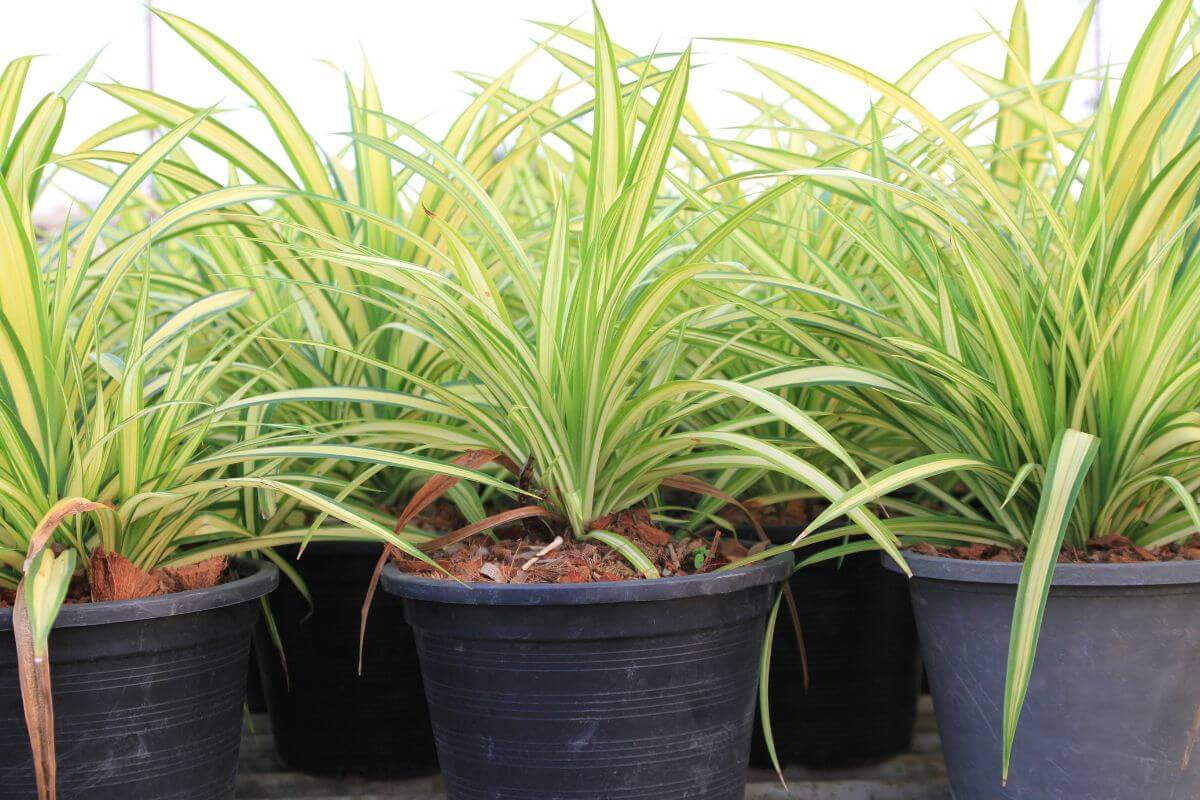
Repotting your potted plant often is important to promote leaf growth since Spider Plants can easily become pot-bound and stop growing.
These adult Spider Plants are so vigorous that they are known to crack ceramic containers and deform plastic ones if they aren’t repotted often enough.
Usually, Spider Plants need to be repotted every year or every two years to ensure they have room to grow.
If you notice roots sticking out from drainage holes or the top of the soil, it’s definitely time to get a bigger home for the delicate foliage of your Spider Plant.
8. Use Spiderettes
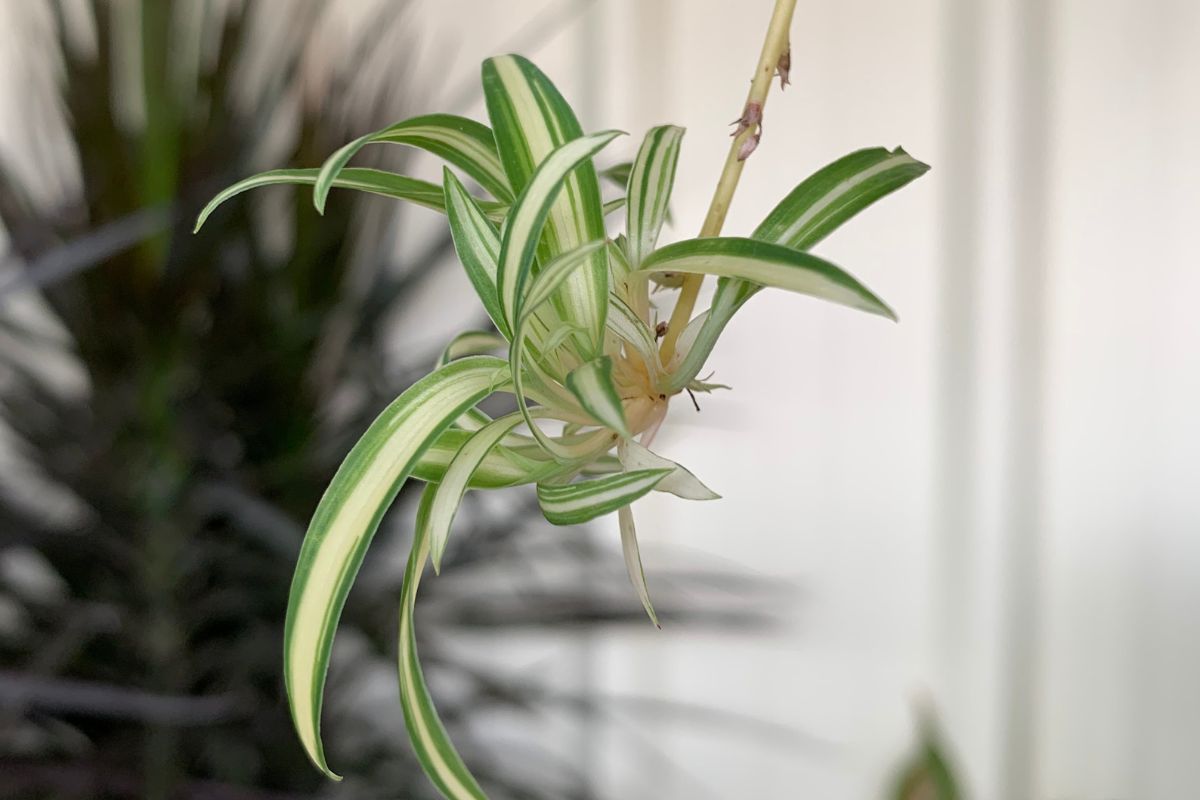
This method could be seen as cheating, but it is highly effective in making you a bushy Spider Plant.
The baby Spider Plants that grow at the end of long stems of the parent plant and can be cut off and will root easily and quickly.
These lovely baby plants can be placed in the soil next to the mother plant to fill it in, creating a bushier appearance.
Final Thoughts on Making Spider Plants Bushier
After implementing these methods, your Spider Plant is guaaranteed to become fuller and more lush than ever.
With just a bit of extra care and attention, you can easily promote healthy growth and increase the overall bush appearance of your beautiful plant.
Remember to give your Spider Plant enough light, water, and nutrients, and prevent overcrowding by repotting or dividing when necessary.
As you continue to care for your bushy Spider Plant, you’ll be rewarded with a beautiful and thriving additional indoor plants for your home or office.
So what are you waiting for? Start putting these tips into practice today and watch your Spider Plant flourish into a beautiful, bushier plant masterpiece!
Check out these articles for more information about Spider Plants:
- What to Do When Your Spider Plant Flowers
- Best Fertilizer for Spider Plant
- Does Spider Plant Grow Fast
- Growing Spider Plant in Aquarium
- Can You Grow Spider Plant in Water
Sources:


When you say prune the spider plan, do you mean cutting off brown and/or damaged leaves???
Yes, that’s a big part of pruning and why you’d prune, but pruning a spider plant involves more than just removing brown or damaged leaves. It includes trimming long leaves to maintain shape, removing plantlets (spiderettes), and potentially dividing an overgrown plant. Pruning should be done at the start of the warm season to improve vigor and health. Use sterilized scissors or garden shears to avoid introducing pests or diseases. Always remove dead or wilted leaves and cut off brown leaf tips. The goal is to maintain the plant’s health, control its size, and shape its appearance. Regular pruning helps keep your spider plant vibrant and prevents it from becoming overgrown or leggy.
I like printing out these types of instructions, my mind is having a hard time remembering things. Printout helps. MY problem is that I get a lot of the ads and sometimes no pictures not to mention no page numbers
Is this possible to fix? I”m sure I am not the only person needing this assistance.
thank you, cynthia (cindy)
Thanks for the recommendation Cindy! I understand the problem of printing when there are ads. It’s one of the main ways we’re able to sustain the site and information to keep it going. The pictures and page numbers may most likely be a printer setting. We’ll look into a way to get a friendly view for people to print with!